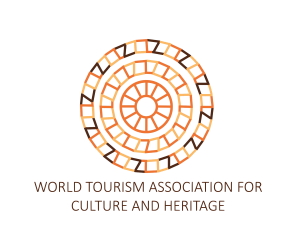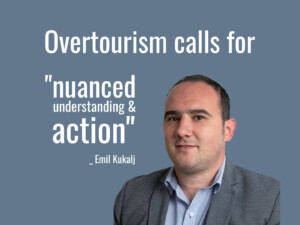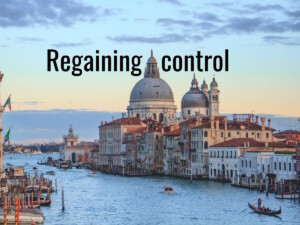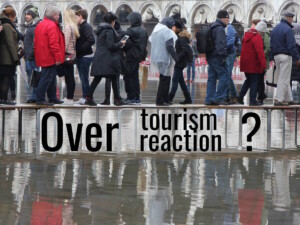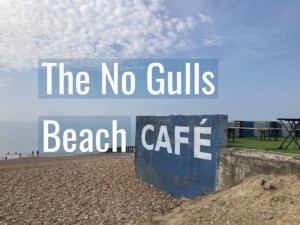Pay attention: Massive opportunities in culture & heritage tourism
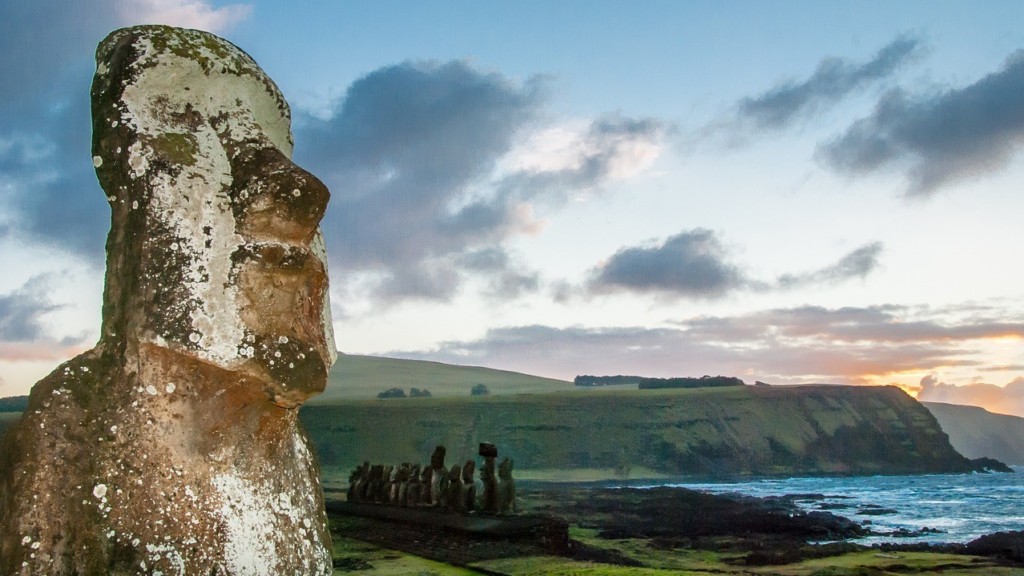
Chris Flynn, President & CEO of “GT” Insight Partner the World Tourism Association for Culture & Heritage (WTACH), reflects on the reasons why he formed the organisation and why it behoves travel & tourism industry stakeholders at the destination level to pay attention and get involved.
The establishment of the World Tourism Association for Culture and Heritage (WTACH) was motivated by the critical need to take action against the increasing erosion of cultural heritage assets due to overtourism, mismanagement, and/or a pure lack of appreciation of the potential consequences of inaction.
As former Director for the Pacific region at the Pacific Asia Travel Association, a role I held for 15 years, it became apparent that less-developed economies need more assistance to ensure they progress and prosper in ways that ensure the protection of their unique cultural ancestry; especially in an age of increasingly affordable access to destinations coupled with a growing middle class, particularly in Asia.
With these thoughts in mind I began to research and found there was an important correlation between visitor aspirations and supply on a global scale. In particular millennial travellers. My research consistently showed that their No 1 aspiration was to have a true authentic cultural experience. That’s a word being used a bit too often these days but you can’t ignore the evidence and the desire of these travellers. The problem with this is that as international travel continues to surge, authenticity continues to erode. Demand is effectively destroying supply!
We saw 1.4 billion international travellers in 2018; two years ahead of UNWTO predictions. And we are expecting around 100 million millennial travellers to take trips around the globe within the next five years. And that’s just from Asia!
Naturally I was concerned about these numbers and the potential issues and/or damage that the sheer volume of visitors could reap on some of the world’s most vulnerable sites. What concerned and surprised me more was that there was no recognised global authority on cultural heritage and tourism. Considering that most travellers have some form of cultural and/or historical component to their itineraries I found this fact staggering and disturbing.
What this meant was that tourism operators, destinations, and visitors alike had no effective guidelines designed to protect these unique environments. It also lay bare opportunities to exploit communities that have no experience or capacity to manage a tourism venture. As you can imagine, the alarm bells were ringing loudly yet I couldn’t find a solution to the problem because there wasn’t one!
It was at this point that I suspected that if something was to be done to try and solve this problem, I was going to have to initiate it. After numerous meetings, phone calls, VOIP calls, and emails with international experts and professionals I determined that if anything positive was going to be done I would have to do it myself. It was at this point I established WTACH and have been fighting this battle ever since.
It might sound melodramatic to use the term ‘Battle’ but that’s exactly what it is. The erosion of cultural heritage assets usually comes down to a lack of planning, unrestricted visitor growth, and profit for its own sake. When you combine these elements, it can be a recipe for disaster. If we’ve seen this happen in some of the world’s more famous historical sites and destinations, then imagine what could happen to places and people who are effectively invisible on the global tourism radar.
A good example is Rapa Nui, better known as Easter Island and known worldwide for the amazing Moai statues. Rapa Nui has a population of less than 6,000 yet they welcomed approximately 100,000 visitors in 2018. It’s important to appreciate that tourism is not a product, it is a complex ecosystem of products and services. As well as access to the experiences they crave, tourists consume precious and often fragile resources. They also generate costs e.g. waste and long-term damage such as major social and cultural disruption.
These factors have put a massive amounts of stress on infrastructure and the communities that call Rapa Nui home, as amongst other things they now have to manage around 20 tons of garbage every day. That was never forecast. So you begin to see the problem.
This is not and never will be a blame game. More often than not problems arise due to a collision of issues that were previously never considered because they were a complete unknown. Unfortunately, this leads to a scramble to try and fix things on the run. That rarely if ever works. Planning for the future and/or fixing problems caused by overtourism requires specialist skills and methodologies unique to that destinations. It’s never one size fits all.
At WTACH we’ve established what I consider to be the best team of global experts and their associated networks ever put together to help fix these problems. We don’t diversify. This is all we do. And we do it to ensure that the world’s cultural heritage and ancestry is protected for generations to come. Why? Because once it’s gone it’s gone for good. We can’t grow it. It can’t be replanted. It simply becomes extinct.
The erosion of cultural heritage assets due to overtourism is our ‘plastic in the ocean’. It’s invisible because we choose to ignore it or pretend it is not happening. Dealing with it could be bad for profit or make us miss our KPIs. But it is happening. And at an alarming rate.
We don’t have 50 years to pretend it’s someone else’s problem. It’s our problem and we need to find ways to fix it.
For destinations that get it right, there is a massive opportunity for both commercial profit and cultural pride. Emerging generations of travellers want to experience you at your best and will be willing to pay a premium.
If your village, city, regional or national destination is interested, contact WTACH. We are here to help. Indeed we are desperate to help! This is precisely why WTACH was established.
Featured image: Rapa Nui (Easter Island) Moai stand proud amid a stunning windswept landscape.
About the author

Chris Flynn is President & CEO of the World Tourism Association for Culture and Heritage (WTACH), a “GT” Insight Partner. With 34 years’ experience across four continents, Chris has acquired an intimate knowledge of the global tourism industry and is often invited to speak at the biggest industry events and contribute his insights to leading news media such as BBC World (and The “Good Tourism” Blog ;-)). Leading Australian and international universities have also sought Chris’ advice on course content.


